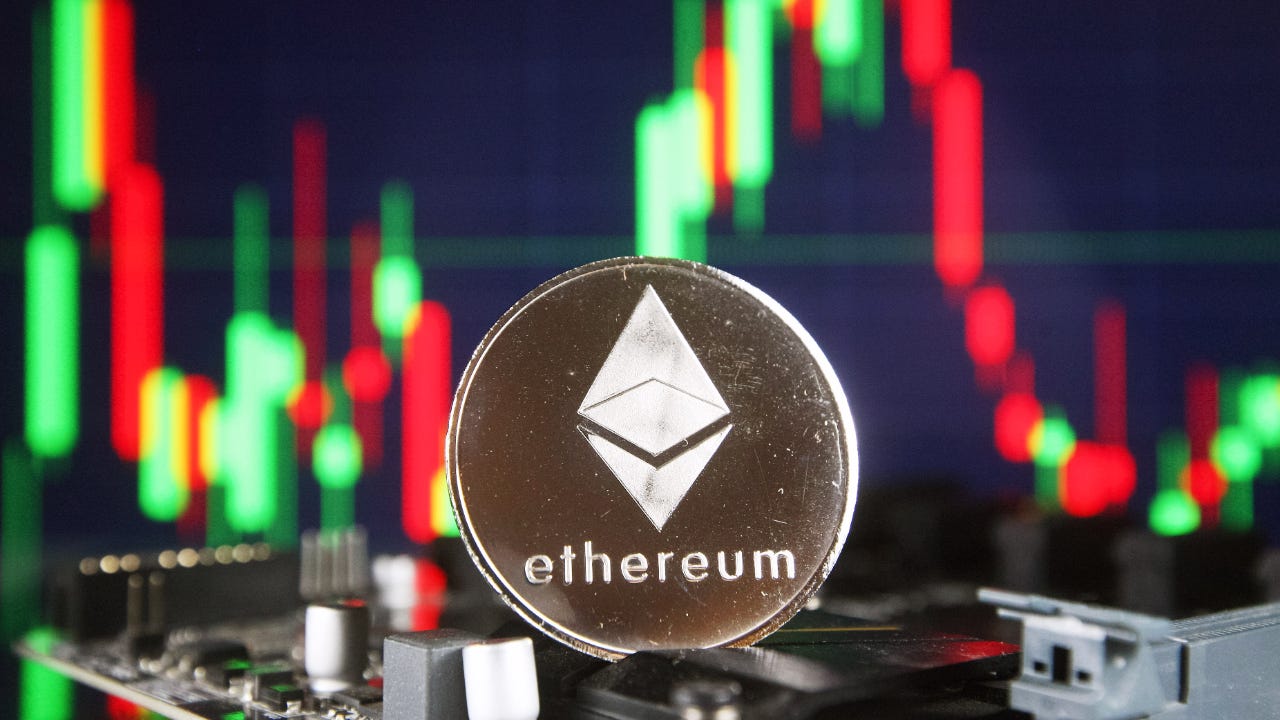Buzz Haven: Your Daily Dose of News
Stay informed and entertained with the latest buzz in news, trends, and insights.
Ethereum's Wild Ride: From Concept to Crypto Phenomenon
Discover the thrilling journey of Ethereum, from its innovative inception to becoming a crypto sensation—join the ride now!
The Birth of Ethereum: How a Concept Became a Global Phenomenon
The Birth of Ethereum can be traced back to late 2013 when a young programmer named Vitalik Buterin introduced the concept of a decentralized platform that would enable developers to build applications on blockchain technology. Unlike Bitcoin, which was designed primarily as a digital currency, Ethereum aimed to provide a versatile framework that offered more than just peer-to-peer transactions. In January 2014, Buterin, along with a team of co-founders, launched a crowdsale to fund the development of Ethereum, raising over $18 million in Bitcoin. This innovative fundraiser not only showcased the potential of crowdfunding within the crypto community but also marked the beginning of a technological revolution that would forever change the landscape of digital assets.
Ethereum officially went live on July 30, 2015, with the release of its first version, Frontier. This marked the transition from a conceptual framework to a functioning platform, allowing developers to create and deploy smart contracts and decentralized applications (dApps). The introduction of smart contracts—self-executing contracts with the terms of the agreement directly written into code—set Ethereum apart from existing blockchain projects. As the first blockchain to enable programmable transactions, Ethereum attracted a wave of developers and entrepreneurs eager to explore its possibilities. Today, Ethereum stands as a global phenomenon, boasting thousands of decentralized applications across various industries and maintaining a vibrant ecosystem that continues to evolve at a rapid pace.

Decoding Smart Contracts: The Backbone of Ethereum's Success
Smart contracts are self-executing contracts with the terms of the agreement directly written into lines of code. These digital agreements run on the Ethereum blockchain, allowing for a decentralized and tamper-proof execution of transactions. The importance of smart contracts in Ethereum's ecosystem cannot be overstated; they enable the automation of various processes, reducing the need for intermediaries and increasing efficiency. By eliminating traditional contract enforcement mechanisms, smart contracts create new opportunities for innovation across industries, from finance to supply chain management.
One of the key features of Ethereum that sets it apart from other blockchains is its ability to support these complex smart contracts. Built using the Ethereum Solidity programming language, developers can create dynamic, multifaceted applications that leverage the power of blockchain technology. As a result, projects like decentralized finance (DeFi) and non-fungible tokens (NFTs) have emerged, showcasing the versatility and potential of smart contracts. With a growing community of developers and a robust infrastructure, Ethereum is well-positioned to lead the future of decentralized technology.
What is Ethereum 2.0 and How Will It Transform the Network?
Ethereum 2.0, also known as ETH 2.0 or Serenity, represents a significant upgrade to the existing Ethereum network. This transition moves the network from a Proof of Work (PoW) consensus mechanism to a more energy-efficient Proof of Stake (PoS) model. The primary goal of this transformation is to enhance the network's scalability, security, and sustainability. With Ethereum 2.0, the blockchain will be able to process thousands of transactions per second, vastly improving its capacity and speed, which is essential for supporting a growing ecosystem of decentralized applications (dApps).
This upgrade will be rolled out in multiple phases, starting with the launch of the Beacon Chain, which introduced PoS and laid the groundwork for further improvements. Future phases, including Shard Chains, will further increase the network's throughput by enabling parallel processing of transactions. Moreover, this transformation aims to significantly reduce the environmental impact associated with cryptocurrency mining, addressing one of the major criticisms of blockchain technology. As Ethereum 2.0 continues to develop, it has the potential to redefine the landscape of decentralized finance (DeFi) and beyond, making Ethereum not just a leader in smart contracts but also a model for sustainable blockchain technology.